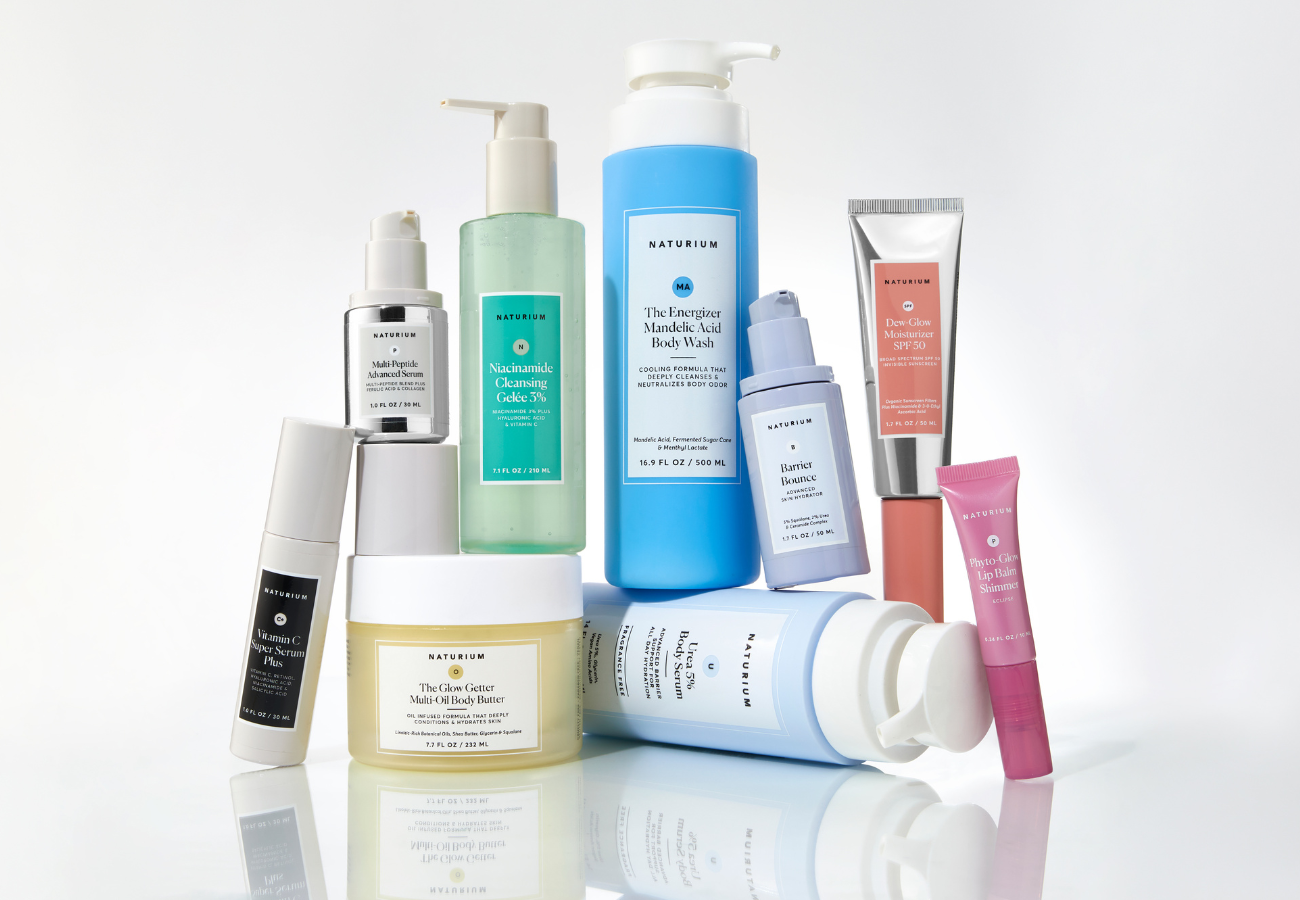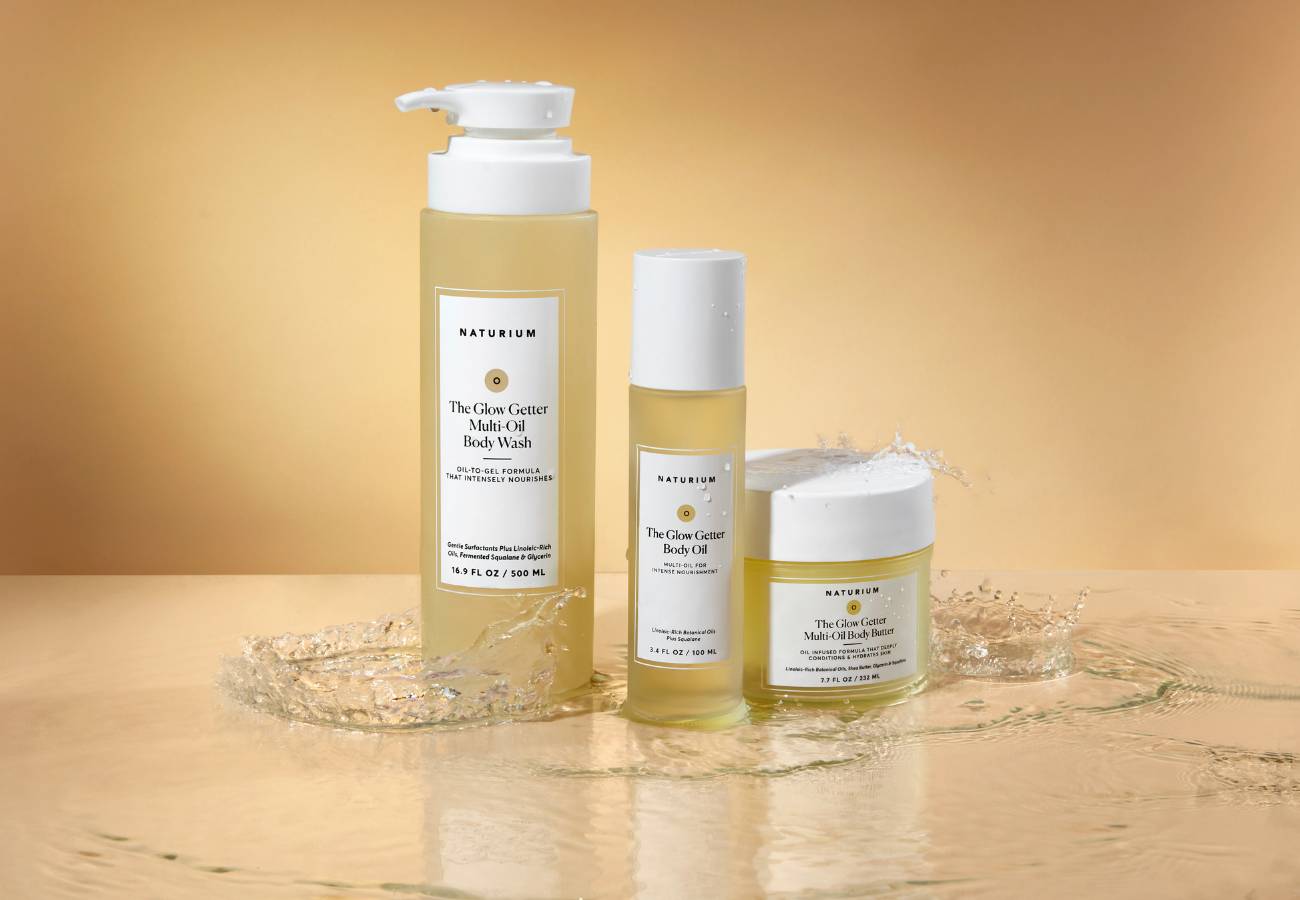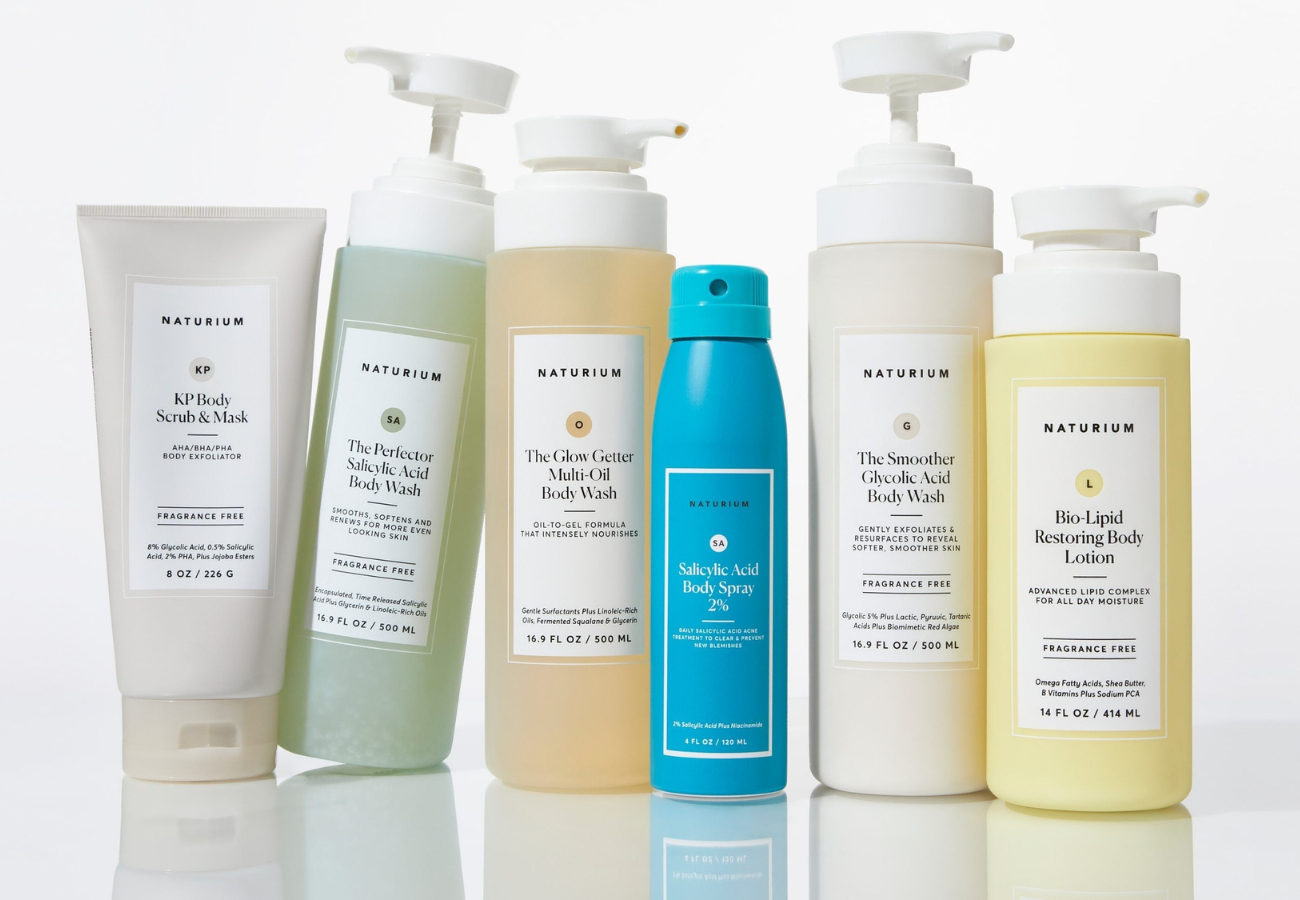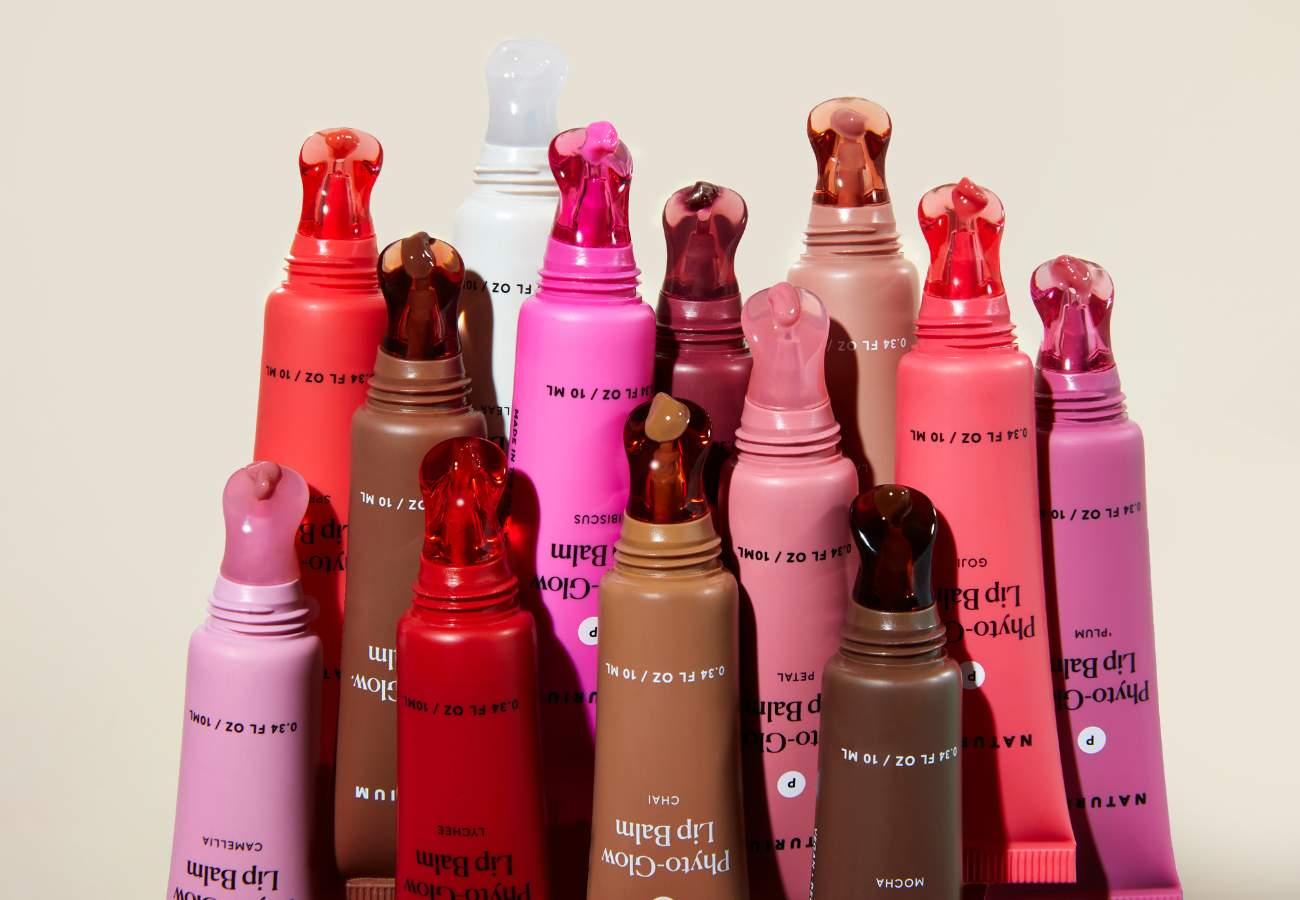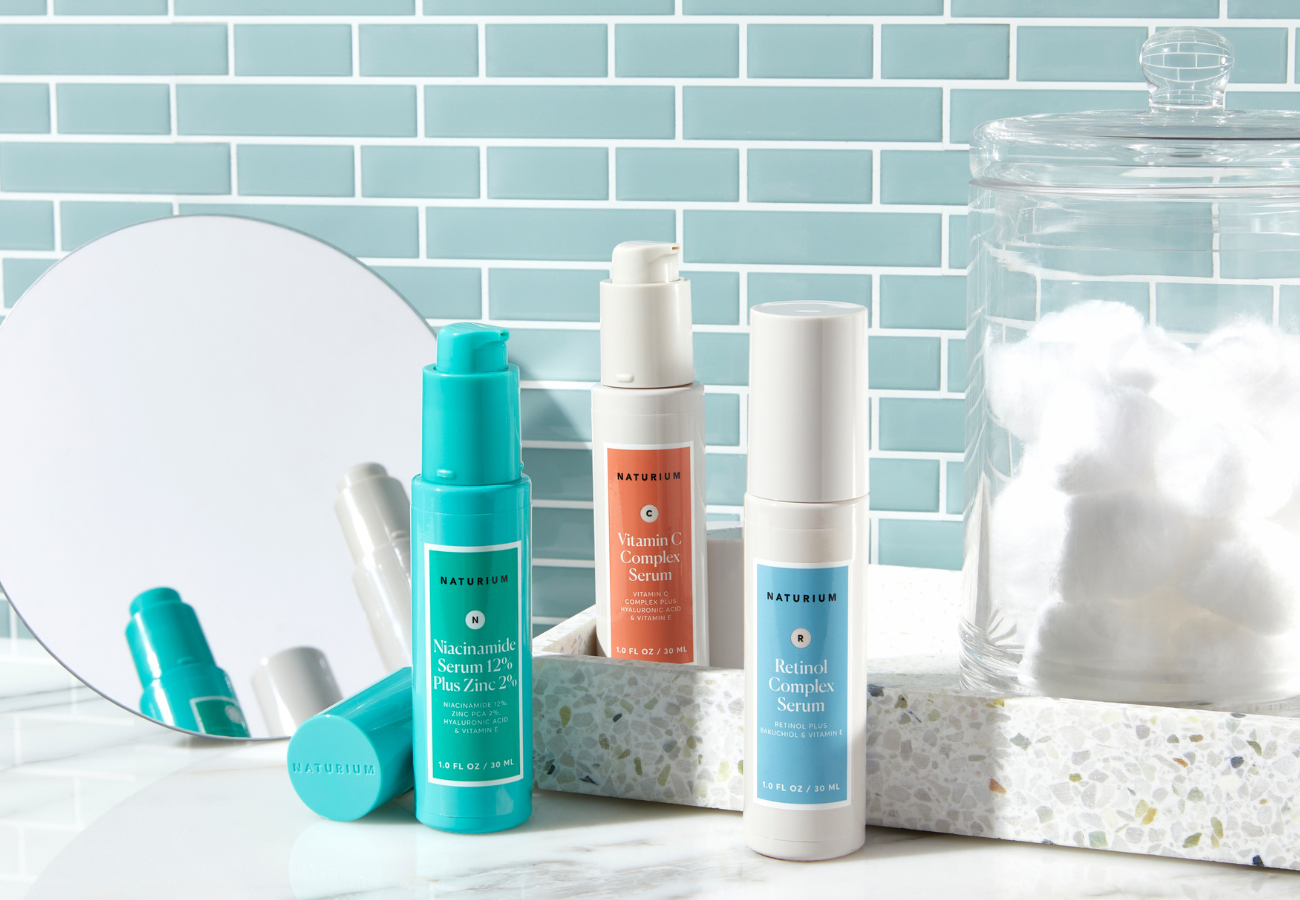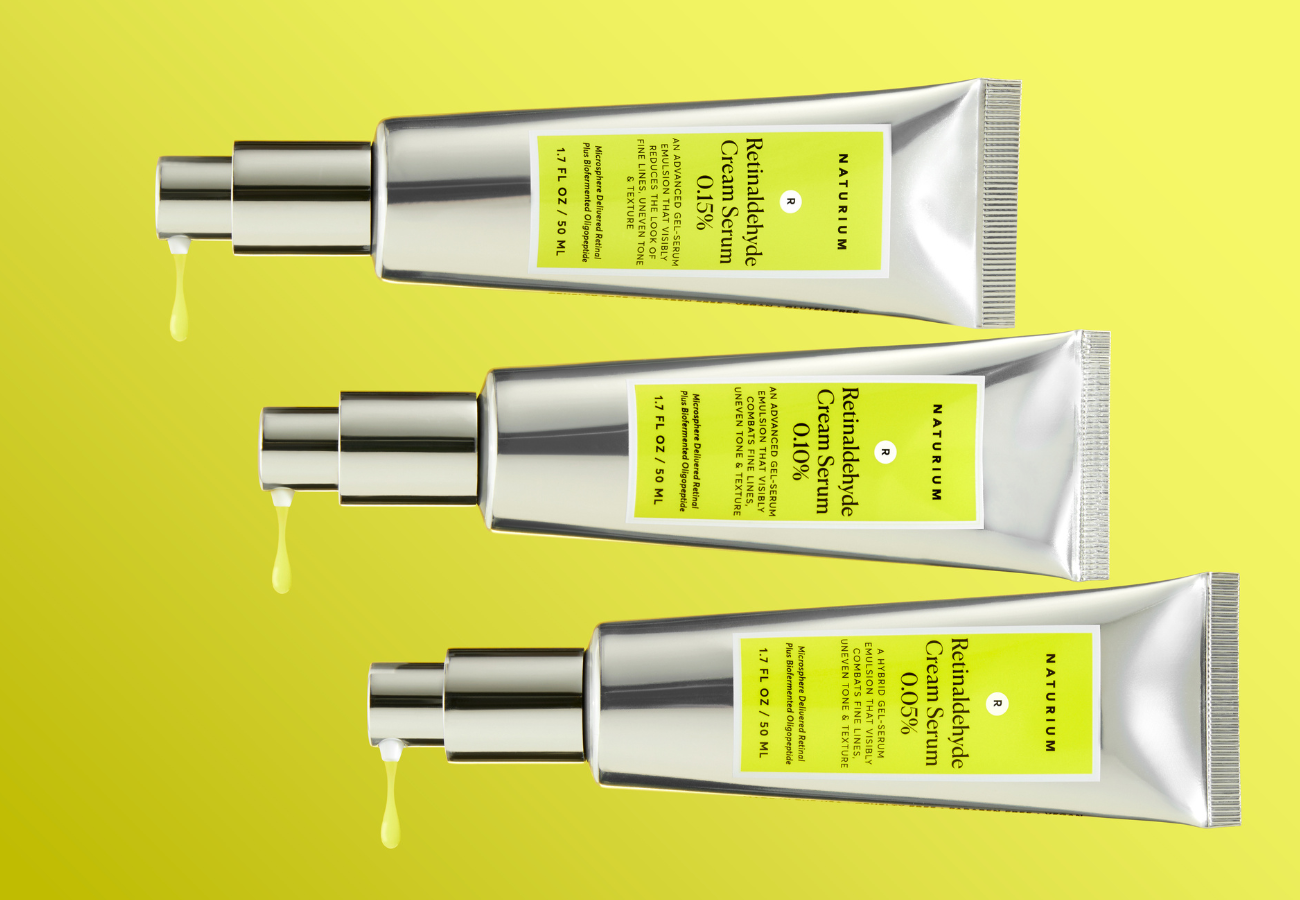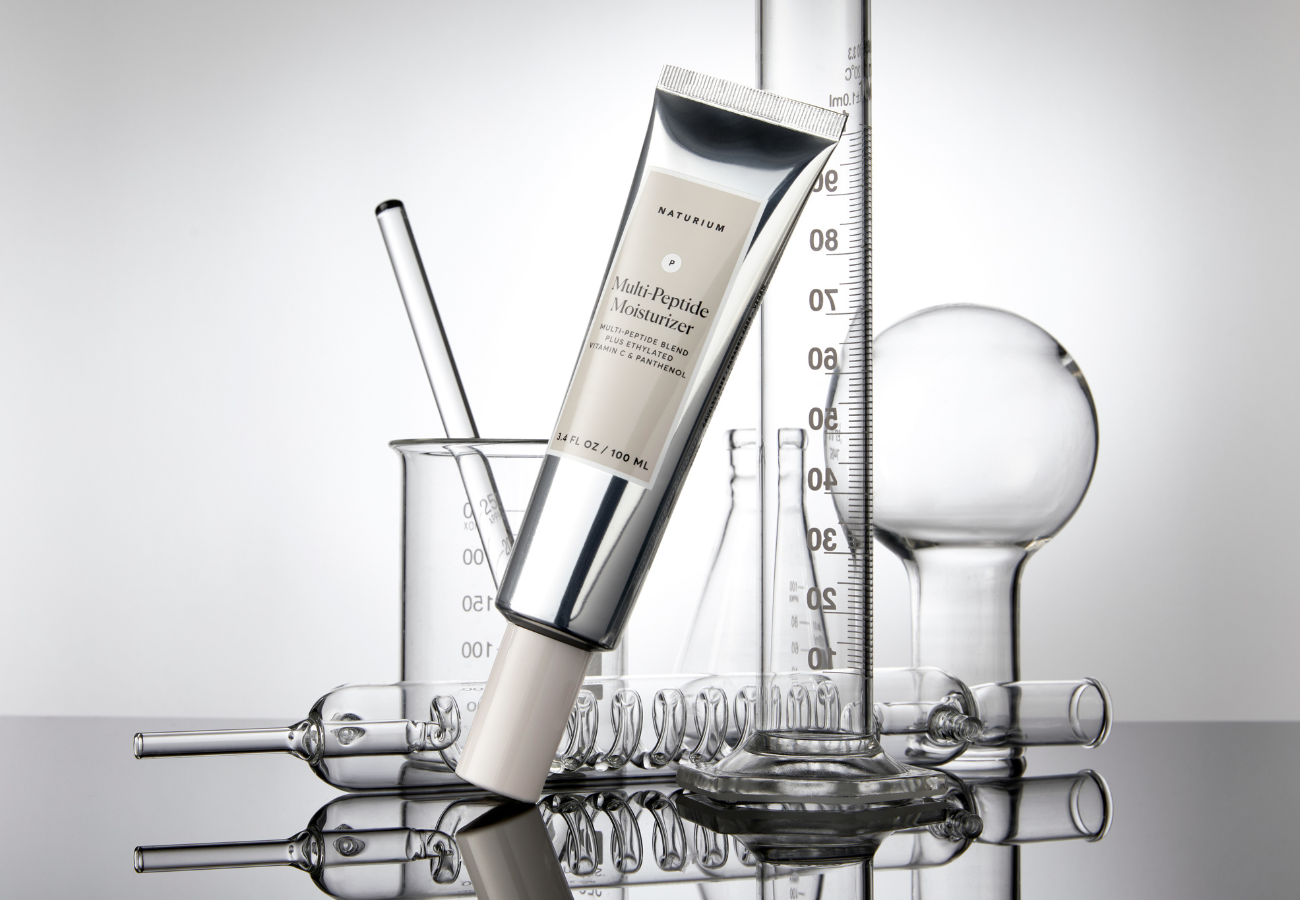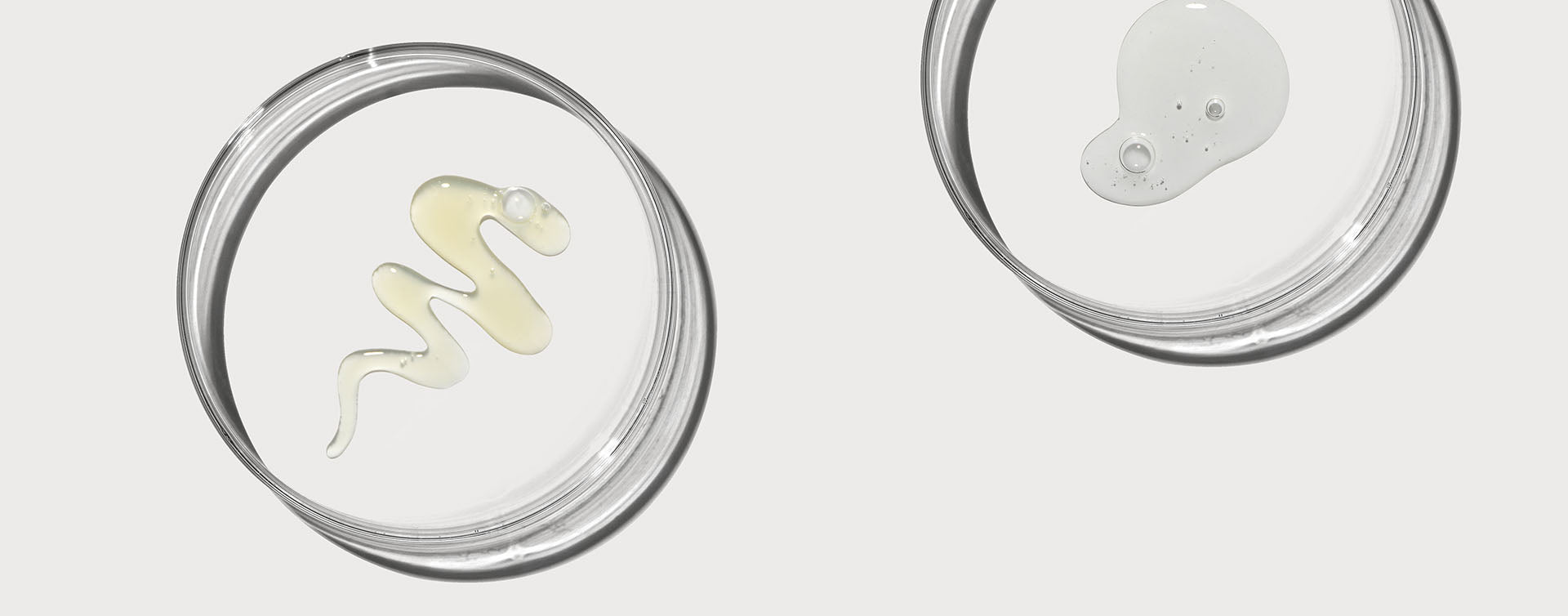Tranexamic Acid Vs Azelaic Acid

The Science Behind It...
Overall clinical data on a specific ingredient(s) & how they function.
Tranexamic Acid vs. Azelaic Acid - Which Is Right For Your Skin?
Are you confused about whether tranexamic acid or azelaic acid is better for dark spots and discoloration? Ultimately, choosing the best of these two acids comes down to personal preference and skin tolerance, because both are relatively gentle options that offer exceptional support for minimizing hyperpigmentation.
What Type of Acid is Tranexamic Acid?
Tranexamic acid is a monocarboxylic acid, with a history of use in the medical field as an oral medication. Similar in chemical structure to lysine, an amino acid, tranexamic acid can help normalize pigment abnormalities and hyperpigmentation from melasma, acne, post-inflammation, and UV damage. Tranexamic acid does not brighten skin through exfoliation like the AHAs or salicylic acid but acts as a tyrosinase inhibitor and plasmin inhibitor. It reduces inflammation-induced melanogenesis making it great for those struggling with PIH (post inflammatory hyperpigmentation) a common concern for individuals with darker skin tones.
What Type of Skin is Tranexamic Acid Best For?
Generally, individuals with all skin types and tones can use tranexamic acid without concern for irritation. It is not an exfoliating acid and will not increase the skin’s sensitivity to the sun and other ingredients. In fact, it can be combined with Vitamin C, retinol, and even other acids.
Tranexamic acid can be a good fit for individuals who would like to:
-
Minimize the appearance of irregularities in skin pigmentation, including those caused by melasma, acne and inflammation scarring, and damage from UV rays
-
Support a brighter, more radiant-looking complexion
-
Improve skin sallowness caused by glycation
What Type of Acid is Azelaic Acid?
Azelaic acid is a dicarboxylic acid, a category of acids defined by their distinct structure. Like tranexamic acid, azelaic acid is a gentle ingredient in comparison to many other well-known acids.
It is not a part of the alpha-hydroxy acid (AHA) or beta-hydroxy acid (BHA) families, though it can be well-suited to similar goals and purposes. Azelaic acid can be helpful in reducing the visibility of dark spots, discoloration, and other hyperpigmentation challenges. It also aids in clearing skin congestion, while simultaneously supporting the skin’s ability to prevent free radical damage.
What Type of Skin is Azelaic Acid Best For?
Azelaic acid is a popular, pregnancy-safe alternative to other acids, primarily because it is very mild but doesn’t sacrifice efficacy. For individuals with sensitive skin, including those who are prone to dryness or breakouts, azelaic acid can be a beneficial ingredient.
You might want to consider azelaic acid if your priorities include:
-
Addressing the visibility of hyperpigmentation, including dark spots
-
Enhancing the appearance of soft, smooth skin texture and an overall glow
-
Helping clear congestion without disrupting sensitive skin
-
Achieving a more even-looking tone
Is Tranexamic Acid or Azelaic Acid Better for Hyperpigmentation?
In comparing azelaic acid vs. tranexamic acid, both ingredients have their fair share of benefits. If you’re trying to select the best option for your needs, consider your skin sensitivity level and the specific concerns you would like to target.
Although both of these are mild acids with a low risk of irritation, tranexamic acid may be better tolerated by highly sensitive skin types. Conducting a skin patch test is the ideal way to determine which acid type your skin tolerates best. Tranexamic acid can mesh well with the needs of individuals with melasma, as it can help reduce the pigmentation concerns associated with the condition. On the other hand, azelaic acid is well-known to be safe for use during pregnancy, a period during which melasma can be more likely to develop.
The combination or layering of azelaic acid and tranexamic acid targets multiple mechanisms of pigment production, treating the most stubborn discoloration and uneven skin tone.
If you are presently using actives such as Vitamin C, niacinamide, or exfoliating acids (like glycolic or salicylic acid), both tranexamic acid and azelaic acids can typically make for a seamless addition.

DISCLAIMER: Lab Journals are intended to help educate on specific ingredients and skin care topics. Our articles are written to be informative and informational.
Please note any Naturium products with referenced ingredients are formulated for Cosmetic Use Only and NOT intended as replacements for physician pharmaceutical product recommendations.


